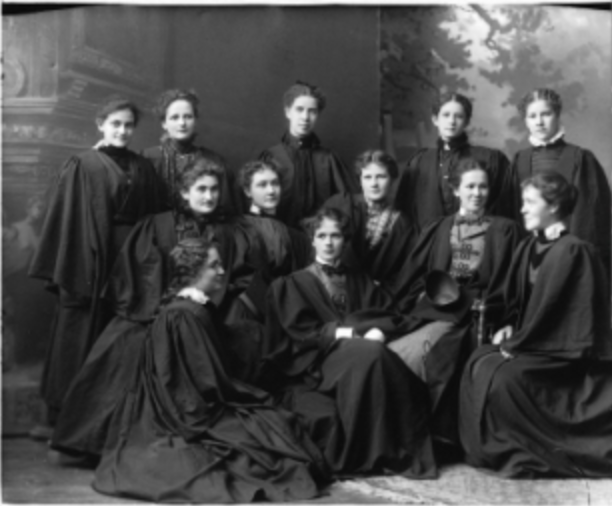[timeline_excerpt]While there was never a formal act banning Black immigration, Canadian officials have engaged in efforts to make it difficult for African Americans to immigrate to Canada. Prime Minister Wilfred Laurier signed an Order-in-Council banning Black Immigrants based on the notion that African Americans were not suited for the “climate and requirements of Canada.” This […]
Author: Marc Cataford

[timeline_excerpt]Donald Smith (Lord Strathcona) was McGill’s chancellor from 1889 to his death in 1914 and one of the biggest donors in the history of the school. Perhaps most notably, in 1884, Smith made an endowment for $120,000, “on the condition that the standard of education for women should be the same as that for men […]
